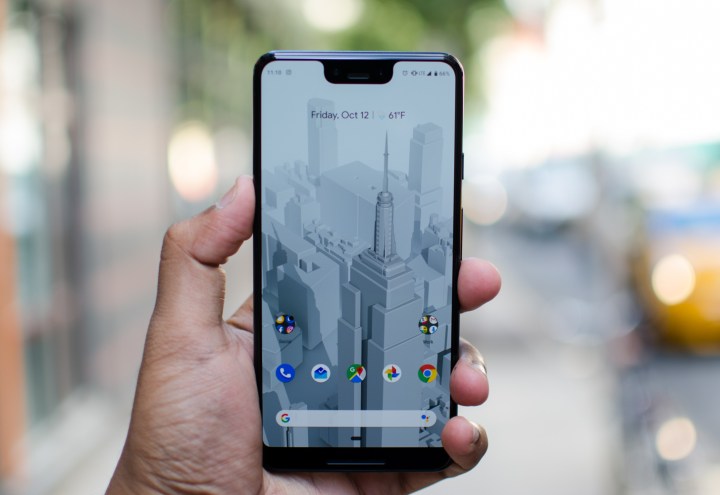
Google is rumored to have at least three design teams working on its future smartphones, and it’s a competition between them all to produce the final design. This comes just days before Google is expected to reveal the new Pixel 3a and Pixel 3a XL devices, which leaks show to be midrange smartphones with designs that are similar to the flagship Pixel phones released at the end of 2018.
The similar designs may turn out to be a disappointment to some, as the Pixel 3 and Pixel 3 XL are hardly regarded as the most attractive devices of their time. Google’s apparent plan to have multiple design teams working in competition could be a reaction to the lukewarm reception to the controversial design decisions taken to create Pixel phones up until now. When we say controversial, we’re really talking about the notch, and the bezels.
It’s further evidence Google is working to alter its hardware divisions. In March, rumors spread it had asked members of its Create hardware team to find alternative roles, potentially for a temporary period of time, due to alterations to upcoming product plans. More pertinently, Google parent company Alphabet’s earnings for the first quarter of 2019 showed demand for the Pixel phones was low.
Exact figures were not stated, but Ruth Porat, Alphabet’s CFO, said there had been lower year-on-year sales of Pixel devices, and mostly laid the blame at the door of an overall drop in premium smartphone sales globally. However, the increase in focus on design across the industry marks the Pixel 3 devices out as being visually lacking, despite the technical prowess inside. The internal competition could help give it an edge, and avoid repeating the perceived design errors of the Pixel 3 and Pixel 3 XL.
Google does understand design, but has struggled with consistency. At the beginning of 2018, Google acquired HTC’s design team that had worked on Pixel devices already, with more than 2,000 engineers and designers joining the team. Its home hardware, including the Google Home Mini and Google Home Hub, are minimalist and attractive, with a focus on using tactile fabric to enhance them. This was part of an effort to create a consistent design language. In a recent interview, Google’s hardware design vice president Ivy Ross said, “It’s important that we keep the same language and signals up until such time where there’s a reason to evolve. I think we will evolve; we’ll keep our values but we’ll evolve. But really we’re just getting started.”
Three competing design divisions could be the start of that evolution, but it’s unclear whether we will see the results for the Pixel 4, or devices after that.
